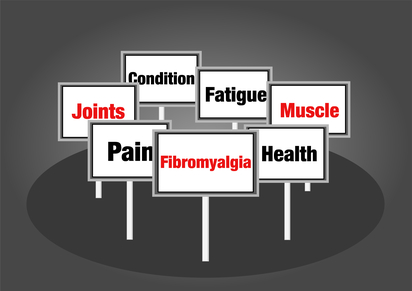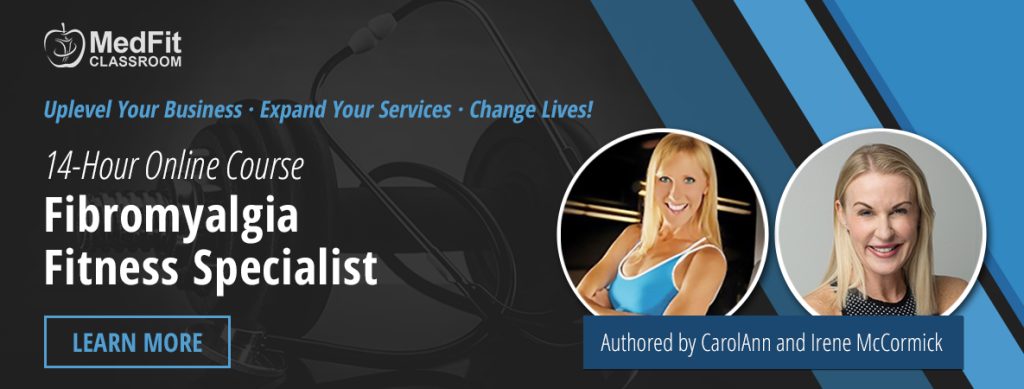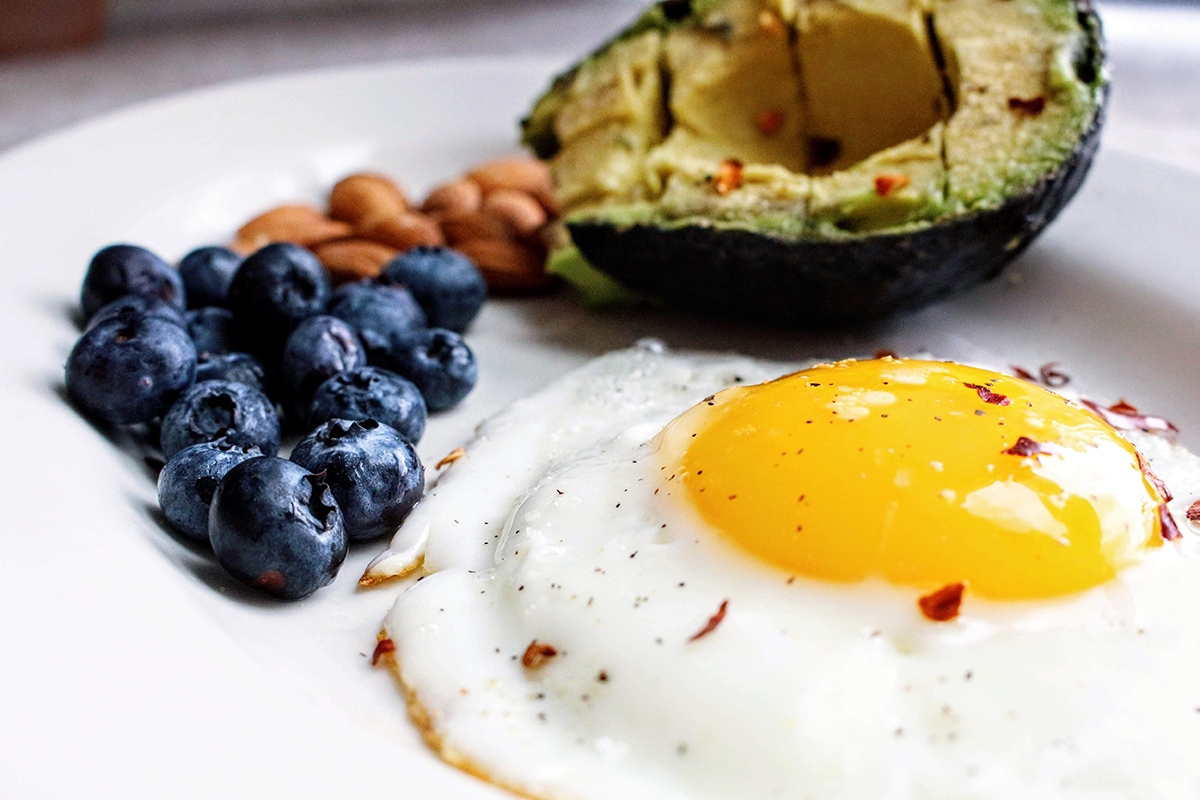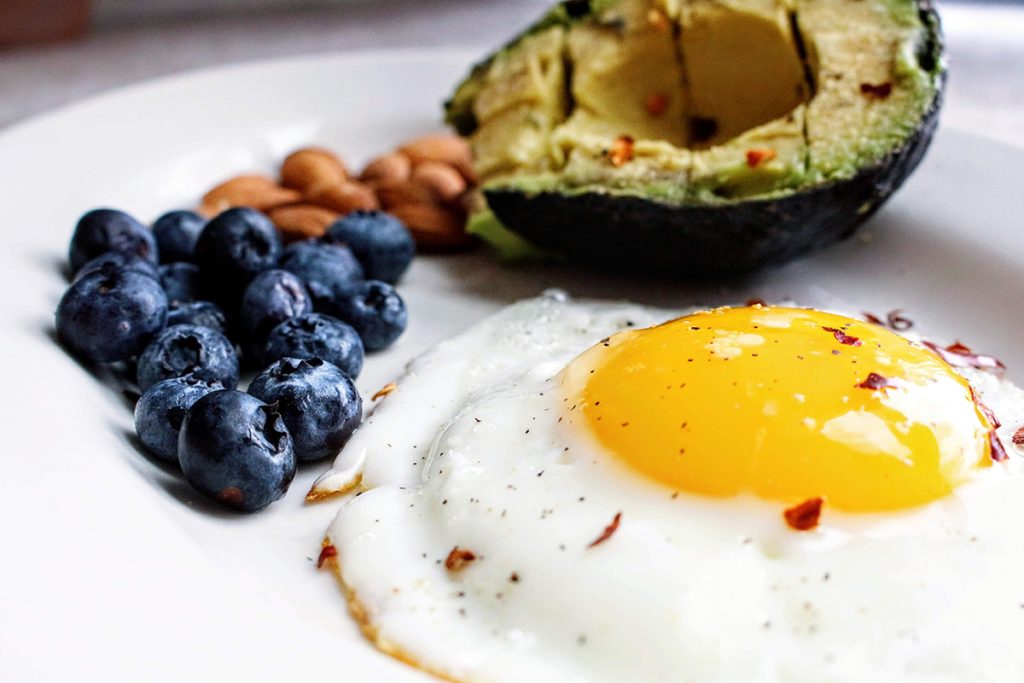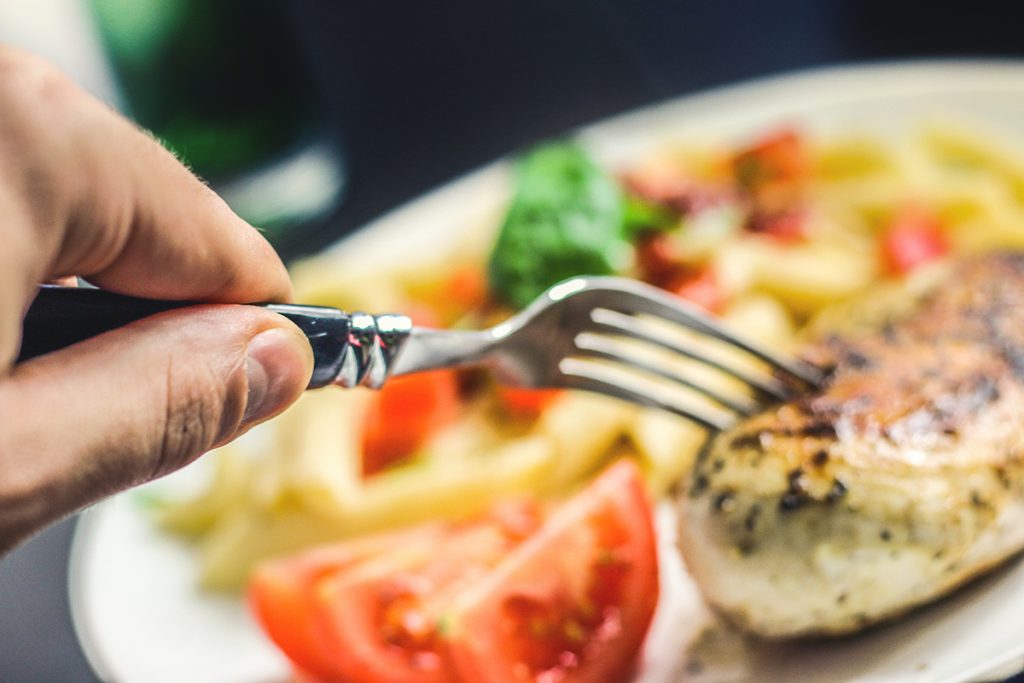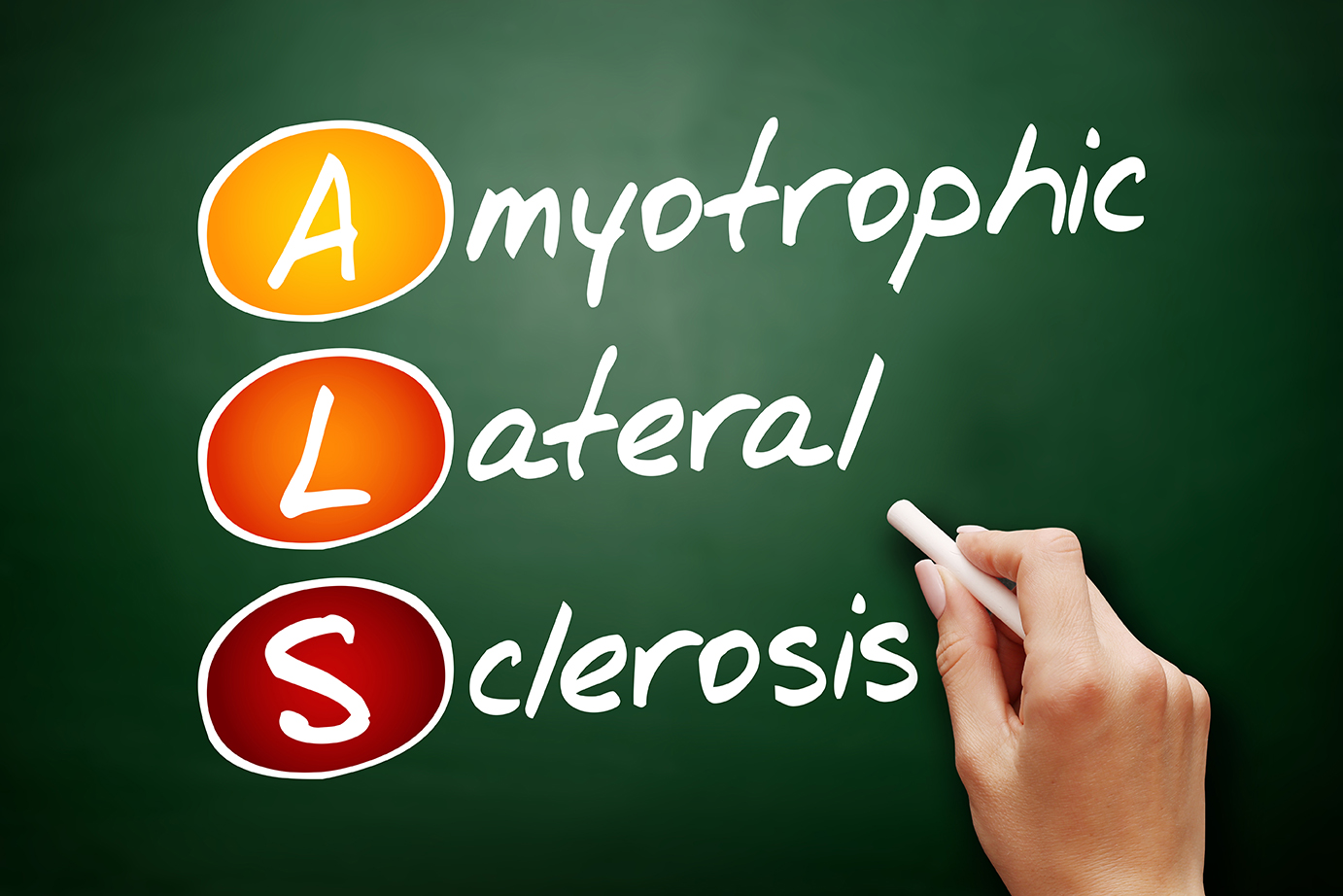Outing the Imposter: Strategies for Overcoming the Imposter Syndrome
Imposter syndrome is when, no matter what level of success one might achieve, an individual doesn’t feel like they earned it, deserved it, and/or that they have fooled anyone who thinks otherwise. This feeling of not being not being good enough can stop people from trying something new. It can diminish their efforts, because if you’re going to fail anyway, how much effort will you put into it? It can also, at minimum, increase anxiety and decrease pleasure surrounding the task.

Those individuals that are likely to experience imposter syndrome includes successful women. (In fact, the original research paper in which the term “Imposter Phenomenon” (1978) was coined, was on high achieving women.) It is also prevalent in entrepreneurs, high achieving performers, athletes, and anyone trying something where the outcome is unsure.
There are many reasons that imposter syndrome may manifest itself in gender stereotypes, cultural norms, having had skills and abilities belittled, and self-comparison to others.
The strategies to help overcome imposter syndrome begin by understanding its triggers.
1. Believing you’re the only one feeling this way. You’re not! According to Psychology Today, 25-30% of high-achievers experience imposter syndrome. This includes people such as Tina Fey, Maya Angelou, Michelle Obama, and Tom Hanks.
2. Being a perfectionist. Perfectionism is a sure way to be disappointed in yourself because perfection is never attainable. Learn to accept and be happy with doing a good job and providing value to others.
3. Believing that failing at something makes you a failure. The label of “being a failure” plays into the hands of the imposter. Approach new endeavors as “experiments” that simply carry the expectation of working or not working with increased knowledge being the outcome either way. You can keep a journal of those “experiments” and write down the things that you learned from it. Focusing on what you’ve learned helps keep the effort a positive thing. “The one who falls and gets up is stronger than the one who never tried. Do not fear failure but rather fear not trying.” –Roy T. Bennett.
4. Comparing yourself to others. The judgement of your own value or success by comparing yourself against others is unfair. Other’s perceived lives or successes is an incomplete story. We see what others want us to see. Everyone puts their best foot forward because they want you to think highly of them, hiding their own struggles and insecurities and allowing you to make this lopsided comparison.
5. Not affirming your own capabilities and successes. It is the nature of our society to dwell on the negative and not the positive. i.e. How many positive stories do you see in the news? Train yourself to look for your successes not your failures. Based on an idea taken from Shawn Achor’s “The Happiness Advantage”, write down three things that you succeeded at each day (and they have to be different things each day). This helps you to refocus and look for the positive instead of the negative. This practice can help you to own your own successes.
Experiencing imposter syndrome can hold you back from reaching your full potential and diminish the pride and enjoyment from the successes that you do achieve. Knowing imposter syndrome’s triggers and coping strategies can help you overcome them.
Further readings on imposter syndrome:
- Overcoming the Impostor: Silence Your Inner Critic and Lead with Confidence, by Kris Kelso
- The Imposter Cure: Escape the Mind-Trap of Imposter Syndrome, by Dr Jessamy Hibberd
Mark Nutting, CSCS*D, NSCA-CPT *D, ACSM HFD, ACSM CEP, is the Owner/Master Trainer at Jiva Fitness in Easton, PA. Mark is the PFP 2016 Trainer of the Year Legacy Award and NSCA’s 2009 Personal Trainer of the Year. He holds 12 certifications in the field, 38 years in personal training and health club management, and has been educating and coaching Personal Trainers for 36 of those 38 years.




